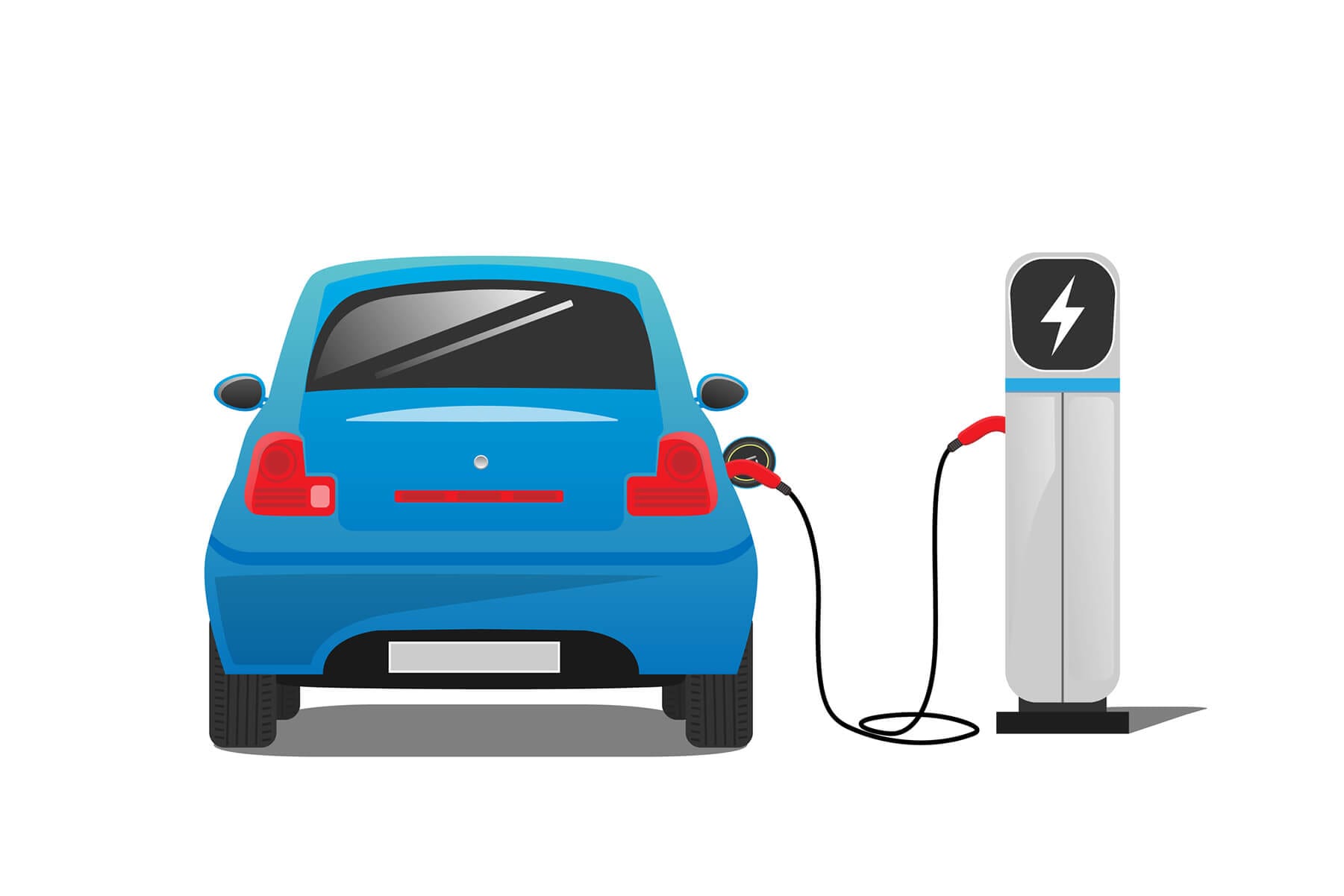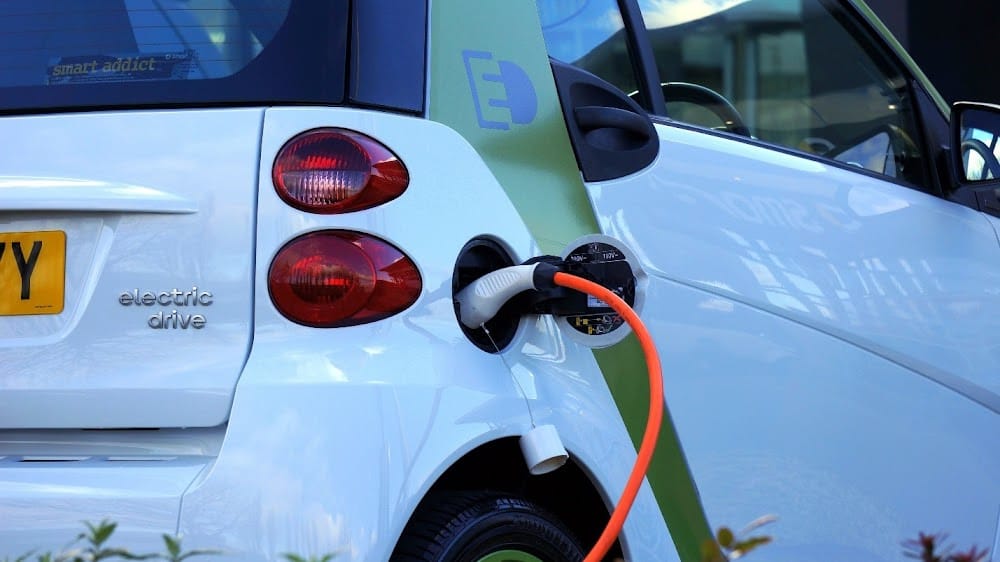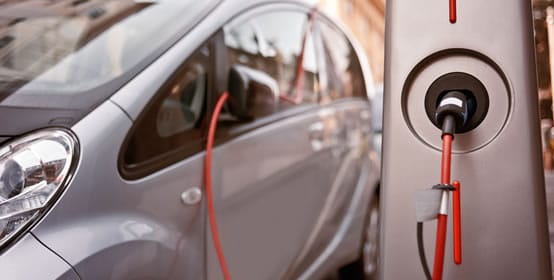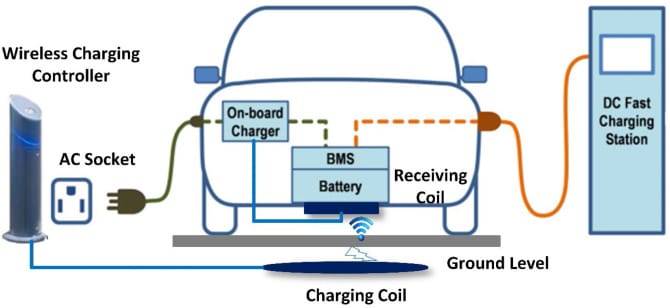The EV Racer’s Diary: From Gas to Electric on the Track.
Transitioning from gasoline to electric on the racetrack is like moving from the classic roar of rock and roll to the pulsating beats of techno—each thrilling, but fundamentally different.


Transitioning from gasoline to electric on the racetrack is like moving from the classic roar of rock and roll to the pulsating beats of techno—each thrilling, but fundamentally different.
The racer's transition from gas to electric cars has been accelerating. It’s not just about swapping fuel tanks for batteries; it’s a reimagining of what high-performance racing can be.
For those brave enough to make the switch, the journey is challenging, inspiring, and unlike anything they’ve ever driven.
Here’s a deep dive into an EV racer’s journey on the track, from understanding the electric vehicle's (EV's) unique dynamics to harnessing its quiet power.

Phase 1: Preparing for the Electric Switch
Most EV racers start with a mix of excitement and uncertainty. Driving a traditional gas-powered race car, with its intense sounds and vibrations, is an experience as much about the visceral thrill as it is about speed. The switch to electric challenges all that.
Electric vehicles bring a different skill set to the table.
For starters, there’s no clutch, and there’s a continuous torque delivery that can be staggering to handle. Unlike combustion engines, where power increases as RPMs rise, electric motors provide immediate, peak torque right off the line.
For a racer, that means learning to modulate power with a feather-light touch—a whole new approach compared to the carefully timed downshifts and throttle blips of gas-powered racing.
Key Differences and Considerations:
- Instant Torque: Electric motors deliver full torque instantly, requiring racers to develop a new level of throttle control.
- Regenerative Braking: EVs can recharge on the track through braking, which affects cornering techniques and braking zones.
- Battery Management: EV racers must consider energy usage and temperature management, especially in endurance racing.
Phase 2: The First Few Laps – Learning the New Dynamics
Taking an electric vehicle out on the track for the first time is thrilling—and a little disorienting.
Imagine accelerating at full power with only the hum of the motor to accompany you.
The silent but relentless pull of an EV can feel surreal, especially to someone used to the roaring vibrations of a gas engine.
Silent Acceleration
The silence of an EV changes the entire atmosphere on the track. While some racers may miss the auditory feedback of a gas engine revving through gears, others appreciate the focus that comes from fewer distractions. “It’s like meditation,” one driver remarked, “just you and the track.”
Regenerative Braking Adjustments
Regenerative braking in an EV is another game-changer.
Unlike gas-powered cars that rely on traditional brakes, EVs allow racers to recover energy by braking, feeding power back into the battery.
This feature, while useful for endurance, requires an adjustment period.
Racers must recalibrate their sense of braking distances and cornering speeds as regen braking can slow the car much more suddenly than expected.
Phase 3: Fine-Tuning for Performance
After the initial adjustment, fine-tuning becomes the priority. EV racing is less about brute force and more about precision and efficiency.
Learning how to manage battery levels, control heat generation, and maximize regenerative braking all become essential parts of the racing strategy.
Battery Management and Cooling
Battery life is one of the critical factors in an EV race.
A driver has to strategically plan for energy usage, keeping in mind that pushing too hard early on might drain the battery before the finish line.
Many EVs are also equipped with cooling systems, but heat management remains an ever-present challenge—especially on hot days or during long races.
Drivers learn to time their sprints carefully, allowing the battery to “breathe” when possible.
Revisiting Cornering Techniques
Without the roar of a traditional engine, racers focus even more on their connection with the track.
Electric cars have a low center of gravity, thanks to the heavy battery packs usually mounted low in the vehicle, which enhances stability.
This positioning allows EVs to hug corners with impressive ease.
For racers, this means leaning into turns with more confidence and precision and learning to trust stability even at higher speeds.
Aerodynamics
Electric vehicles often feature refined aerodynamic designs to reduce drag and increase efficiency.
For an EV racer, this means understanding how the car’s shape and structure play into handling and top speed.
On straights, these aerodynamics can mean higher speeds with less battery drain, giving EV racers an edge in sprint scenarios.

Phase 4: Adapting Race Strategy for the EV World
The core strategies for EV racing diverge from traditional gas racing. Fuel stops are replaced by charging strategies, and energy conservation takes on a whole new meaning.
Energy Conservation and Regeneration
In gas-powered races, pit stops are typically scheduled for refueling and quick repairs.
In EV racing, it’s all about battery management. Racers keep one eye on their battery levels and another on their braking patterns to regenerate energy where possible.
Every lap becomes a balance of full-throttle sprints and carefully timed braking to optimize the battery charge.
Charging Pit Stops
If an EV race is an endurance event, pit stops look different.
Rapid-charging stations designed for the track can boost an EV’s charge within minutes, but each second spent charging is precious.
This turns pit strategy into a high-stakes decision-making process.
Should a driver go easy on the throttle to conserve power and skip the charging stop, or push hard, stop, and recharge? This choice often makes or breaks the race.
Phase 5: The Thrill of the Finish Line
Crossing the finish line in an EV race carries a unique satisfaction.
Without the roar of an engine to signal victory, it’s the precision driving, split-second strategies, and seamless handling that become the loudest statements of all.
For racers who’ve grown up on gasoline fumes and tire squeals, the EV finish line is different.
It’s a quieter, more calculated triumph but equally—if not more—intense.
There’s a new breed of pride that comes from knowing they’ve navigated a race built on intelligence, restraint, and skill.

Reflections: A New Chapter in Racing
EV racing represents a new kind of thrill, one that combines speed with sustainability and finesse with power.
For drivers, the switch from gas to electric has brought a mix of challenges and revelations.
Electric motors give them instant power, but they require patience and respect for battery limits.
Regenerative braking offers a tactical advantage but requires mastering a new kind of control.
The appeal of EV racing lies in its balance of old-school adrenaline and modern tech.
For racers who’ve made the switch, the journey from gas to electric on the track is a testament to their adaptability, precision, and love for the sport in its evolving form.




